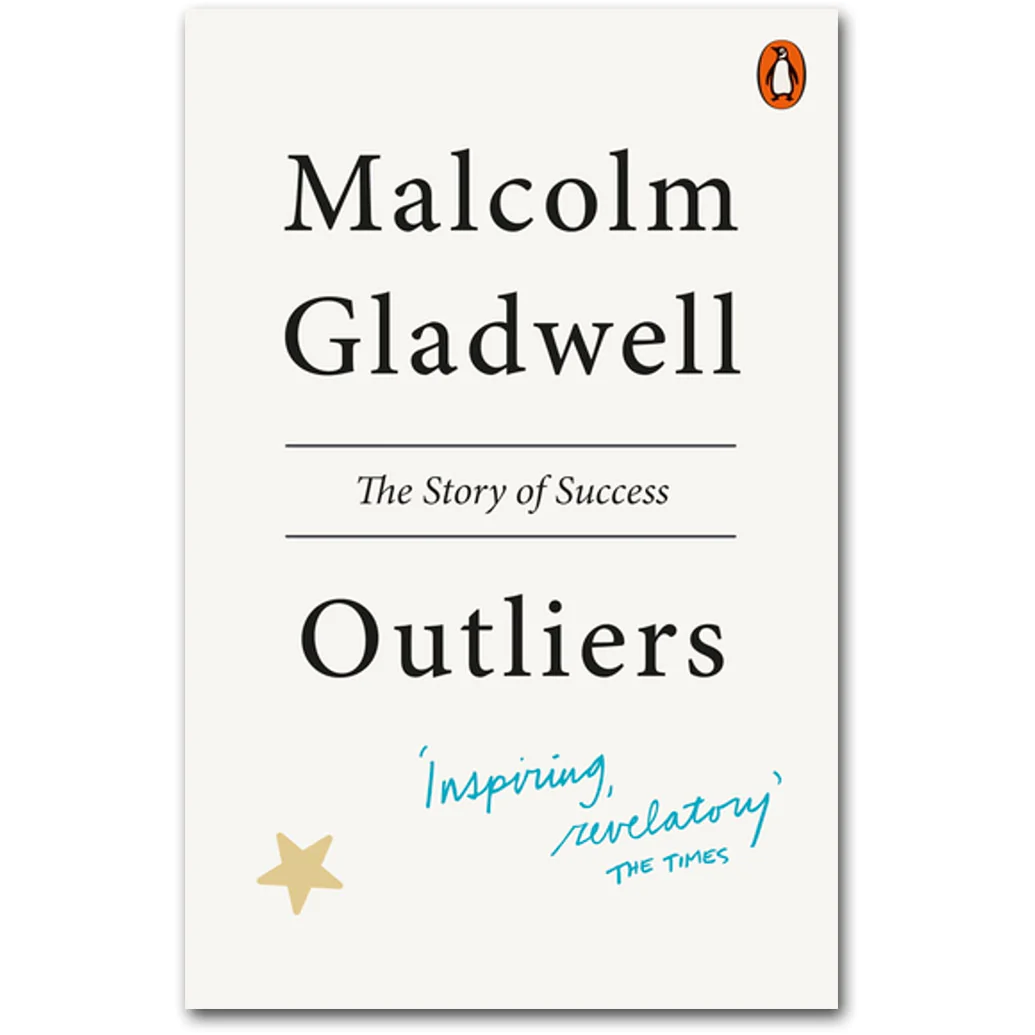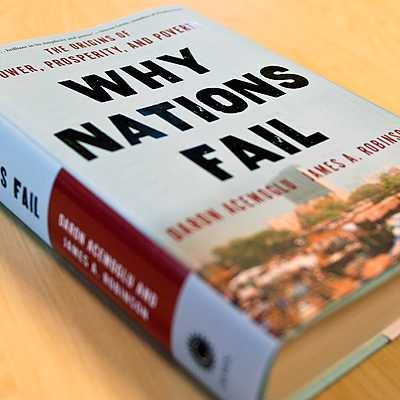Written by Charles Kadibia
Africa means different things to different people. For African Americans, the continent may evoke feelings of romanticism—a connection to the “motherland”, a refuge to shield themselves from perceived and relentless discrimination. For Foreign Analysts, the continent represents an enigma with peculiar economic and political realities. For the casual tourist, it is a land of colourful art and culture while for the Africans resident in it, it is, for better or worse, home. Yet, despite Africa’s prominence in the cultural, political, and economic discourse, the continent has on many occasions suffered the consequences of improper or, worse still, disingenuous representation. In the past, these misrepresentations have had severe consequences. A failure to grasp the complexities of the land the Europeans conquered led to the creation of arbitrary borders which have caused so much instability and strife in the region. A belief in the inferiority of the native inhabitants of the land excused barbaric acts like the transatlantic slave trade and massive genocides in various parts of the continent.
Times have changed drastically, but the continent still suffers from misunderstanding and misrepresentation. Many outside the continent remain unaware of the complexities of Africa, and what they do know tend to be unflattering or inaccurate. While many experts argue that this is hardly consequential in the modern world, others believe that the answers to the continent’s continuous struggles lie in rectifying these issues. This contention, that is, the role things as subtle as misrepresentation and ignorance of a people play in their present problem, is what is at the core of the book—Kingdoms of Africa: Exploring the Continent’s Pre-Colonial Past—a nonfiction book written by the avid reader and skilled researcher, Engineer Tosin Adeoti.
In this book, the author seeks to address the endemic malfeasance observed in many countries on the continent by throwing light on its history. For example, 20 out of the 54 independent nations on the continent are among the 24 poorest nations in the world. The continent is also one of the most politically unstable, featuring decades long dictatorships, coup d’etats, and violent civil wars. Adeoti believes a knowledge of this history is essential in resolving these grim realities for several reasons. Firstly, many African cultures employ an oral method of preserving information which is then passed down to the next generation. However, ‘with [oral] tradition gradually tapering off, there [is] limited information on rich African history with each passing generation, and as a result, it is now often difficult to separate the fantastical from fact.’ [Pg. 7]. More importantly, ‘African stories that focus on the continent’s true history can map the trajectory of the current state of affairs and then, perhaps, point to ways in which they can be reversed. In other words, these stories help us ‘examine how [the problems] came to be, understand why they persist, and then figure out how to end them’ [pg. 8-10]. They do so by restoring belief in our inherent greatness and hope for a better future. Lastly, ‘placing Africa’s rich history in the forefront will create a nuanced awareness of its long-ignored complexities, and create better-informed citizens, within and without Africa… [demonstrating] it to be the remarkable region that it deserves to be viewed as.’ [Pg. 15]. It is unsurprising, then, that the introduction of the book extensively explores a few of the rich history and contributions of African culture to the global scene today.
Overall, the book is divided into two major parts. The first part contains only one chapter titled Echoes of the Past: A European Legacy of African Colonization. In this chapter, the author details the process by which colonization engulfed the continent, swallowing up communities and suppressing the people found in them. The author did a good job of portraying the level of influence the colonial powers had on Africa, using several maps to illustrate the major metrics such as language spoken, territories, and commerce. This part of the book also addresses the struggle for independence, reflecting on some of the aftershocks of liberation, some of which still continue to plague the continent to this day. It is noteworthy that the commentary in this section is balanced, choosing to acknowledge the polarising views surrounding the discourse around colonization. We realise that while it is true that colonization brought several benefits such as education, civic rights, and technology to Africa; it also exacerbated ethnic rivalry (a leading cause of conflict in the continent) and established extractive models that were inherited and are still exploited by corrupt, despotic leaders.
The second part of the book begins with the chapter–Nigeria and Francophone Africa. It is a chapter that addresses the widespread French presence in West Africa, the nature of their continuous relationship with their former colonies and some of its implications for the economies of those nations in modern Africa. The rest of the book is devoted to the titular theme of the book—the ancient kingdoms that dominated the continent before the arrival of Europeans. Overall, ten dynasties spanning the four cardinal points of the continent are discussed. Two of these kingdoms, the Sokoto Caliphate and the Benin Empire, were based in territories covered by modern day Nigeria. Other parts of West Africa are represented inthe Mali, Ashanti, Dahomey, and Great Zimbabwe empires. East Africa is shown in the Ethiopian Empire while the South African zone is discussed in the Shaka Zulu empire and Swahili Civilization. Each foray into these kingdoms throws insight on the nature of Africans and how they organised their society.
As we explore these empires, diving into their reach in their heydays, their government structure and mode of expansion, their commercial system, their strength and wealth, and their early interactions with the first Europeans, several things become clear. There is so much brutality in how these kingdoms were forged and maintained although it could be argued that their formation drastically reduced the infighting that was common among the population they conquered. Still, lives were lost and others were forced into slaveries. Inspired by ambition, the founding monarchs of these empires invaded and subjugated their fellow Africans. But even in the midst of these, there is a form of crude beauty. As these kingdoms flourished, so did innovation and culture. The Shaka Zulu raised a vast army of skilled soldiers, drilled in both ideology and technique that was only defeated by the superior firearms of the British and Dutch. The Sokoto Caliphate, led by their scholarly and extremely religious monarch, spread education and enlightenment throughout his empire. The Malian Empire was also legendary as a center of culture and learning with its capital, Timbuktu, even holding one of the world’s largest libraries at the time. The Benin Kingdom is widely recognised for its contribution to arts with many of its elegant sculptures smuggled out of the kingdom during its sacking by the British in 1897. While the Ethiopian empire’s architecture with its fusion of Arab, European, and Indian influences, produced churches, palaces, castles, and stables so profound that it came to be referred to as the Camelot of Africa. Even more insidious are the philosophy, religion, and languages propagated by these empires in their domain. Both subtle and overt influences often brought improvements and order to the territories they ruled over. Some of these influences remain with the people in those regions until this day.
Sandwiched between these intriguing expositions are interesting factoids under the heading Did You Know? that provide additional insights into the information being disseminated.Some of this information was enthralling but they could also be horrifying. Under this section, it is revealed that the coffee drink, which is the world’s most consumed beverage, was first discovered and created by monks in East Africa. At the same time, it was depressing to learn that while slavery was abolished towards the end of the 18th century, several African countries continued to practice indentured servitude right up to the 21st century, even as recent as 2017.
Still, this book represents one of the most thorough inquiries into the ancient structure of African societies and did a good job of properly representing the realities of those times, from the extreme bloodshed to the multi-faceted cultures that inspired them. The narration is neutral and informative, distinguishing itself by raising above the kind of disingenuous framing that is now prevalent in most conversations surrounding this topic. An extensive bibliography at the end of the book, spanning over a 100 pages, reveals the high level of research that was poured into this work, making it a reliable, authoritative tool in understanding Africa’s past. Readers of this book will be left with a deeper appreciation of the history of Africa, its fascinating culture, and its amazing contribution to the global scene. More importantly, they would be able to better track and understand some of the historical and philosophical nuances that have influenced the nation’s political structure and if possible, stimulate conversations and actions as to how these handicaps can either be assuaged or, better still, eradicated.



